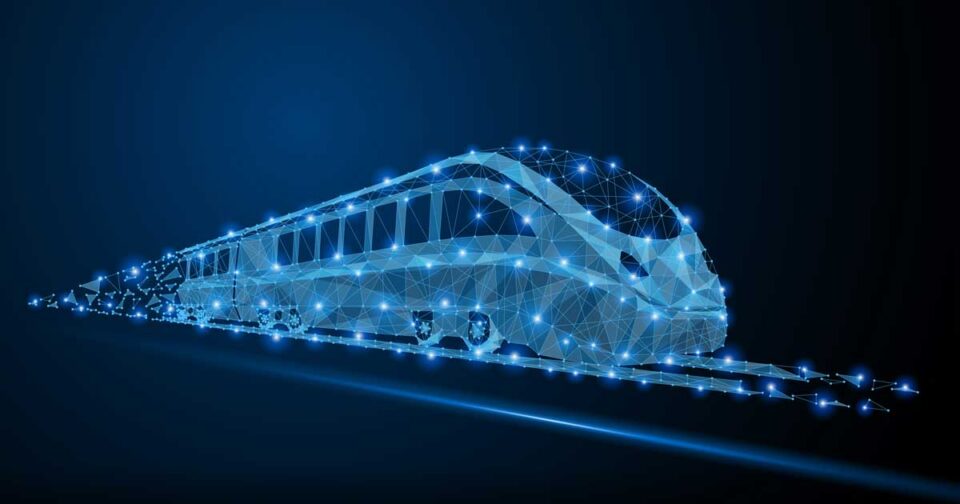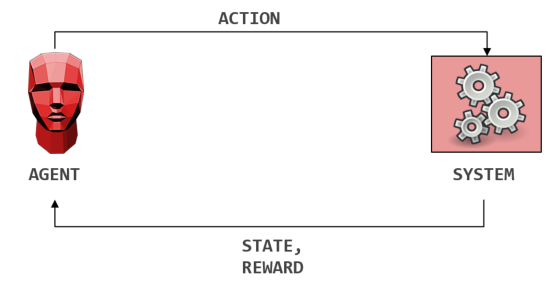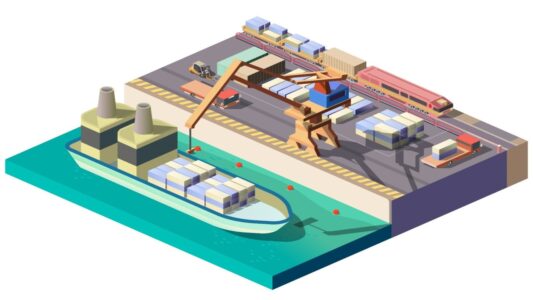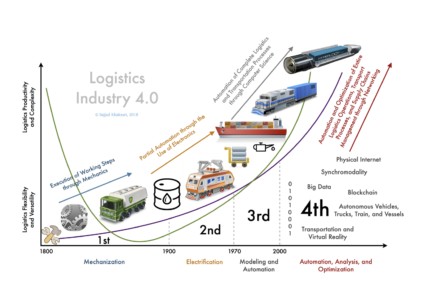
Technology enables systems to be represented and analyzed beyond anything we could imagine just a few years ago. In particular, machine learning and digital twins are very powerful tools in many industries and also in the field of Smart Mobility.
Machine Learning has provided a set of techniques for multiple applications, like pattern identification, forecasting or autonomous learning.
This last application is especially interesting in some contexts because it allows an agent to delegate the operation of a complex system that is not completely known. We are talking about Reinforcement Learning, which can be used to regulate traffic in a city, to guide vehicles automatically in a warehouse or for component manipulation by a robot.

On the other hand, a digital twin is a faithful representation of a system that contains all the detail required to reproduce its behaviour in different situations. A digital twin is a true laboratory in which to analyze scenarios without risk and with negligible cost. There are many areas in which the digital twin is useful: in production plants, intermodal terminals and logistics platforms.
It is less known that both tools can be combined in such a way that their power is much more than the sum of both. In certain contexts, training a Reinforcement Learning model in reality can be very risky and time consuming. For example, if we wanted to test different traffic regulation policies in an area, we could only learn by sequentially testing one strategy after another (with the risk of exploring clearly inappropriate strategies).
However, if we build a digital twin of the traffic in that area, we can allow the agent to learn through the model and, once it has learned, we can take it to the real system.
A particularly interesting use case is the regulation of rail traffic in high-frequency systems and even more so in driverless vehicles. Some stay at the forefront of this field.
Alstom, an international provider of all things related to railway, from high-speed trains, subways, trams and electric buses to integrated systems, personalized services, infrastructure, signage and digital mobility solutions, is a pioneer in the use of these tools, several of which were custom-developed by baobab.
In one particular case, baobab built a bespoke simulation tool to represent a wide range of unmanned subway line systems. This application allowed the end user to simulate the movements of the trains, their interactions, study possible emergencies, and measure how that would affect the passenger experience.
This tool can be broadly used as if it were a laboratory in which to explore more complex situations.
In another project, baobab developed an optimization tool to manage a subway line in another large city. In particular, to decide where trains should stop to provide the best overall service within desired safety levels. The quality of the solution can be tested on the simulator and, once validated, transferred to the real system with very little risk.
This can also be done with more complex management systems, such as any built within the machine learning paradigm. Again, the simulator can be used to validate any machine learning-based algorithm before transferring control of the real system to it.
If you are interested in knowing more about how to use Machine Learning and digital twins in your specific case, contact one of our experts.



